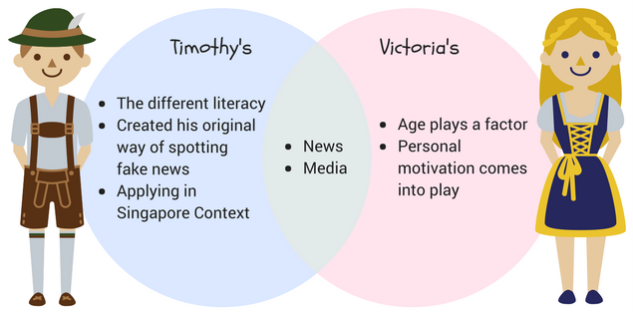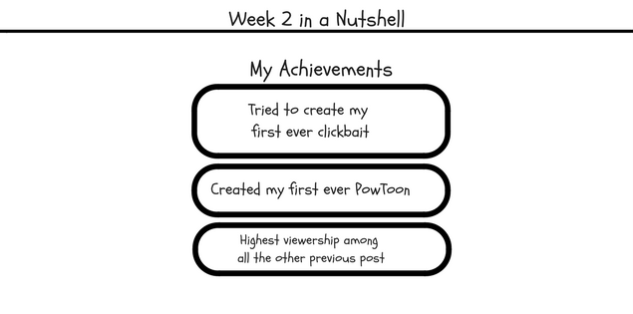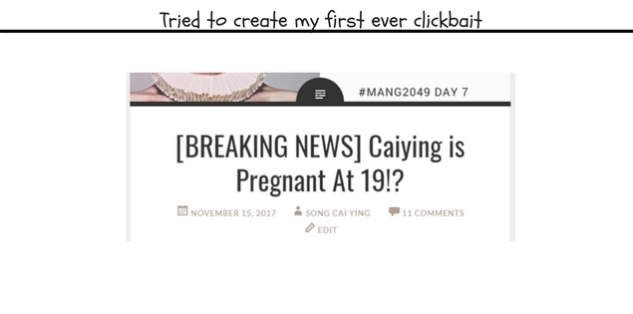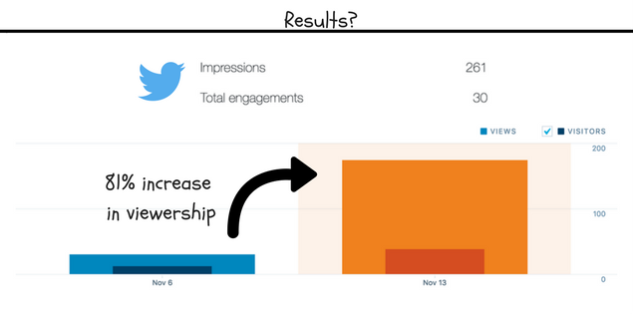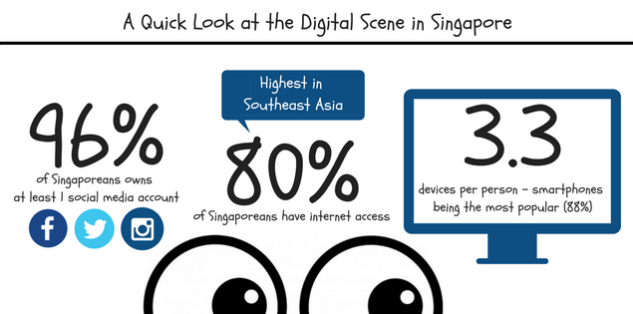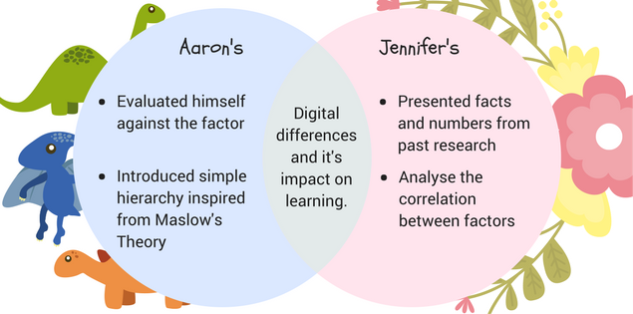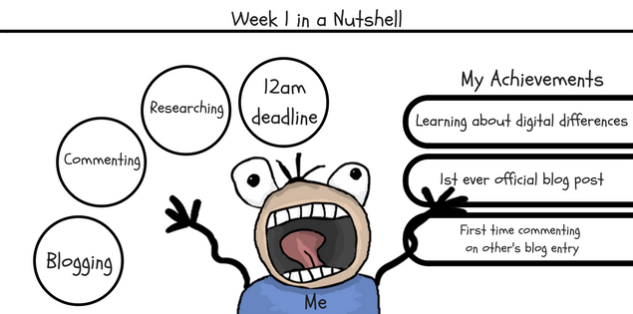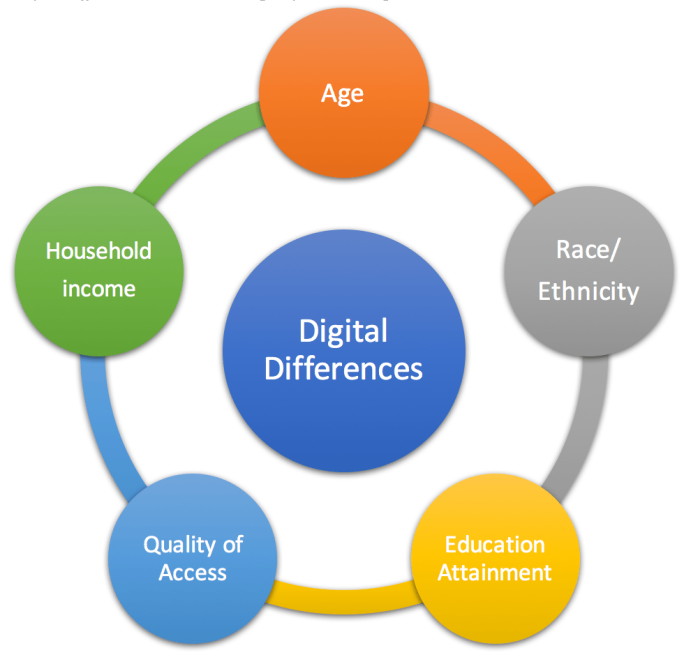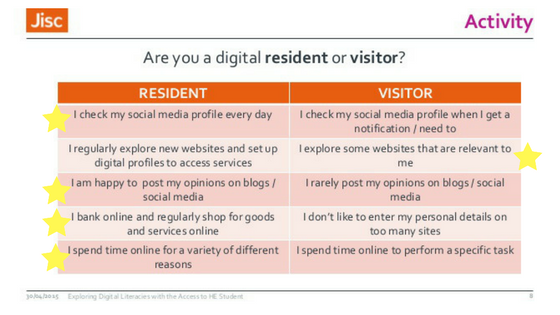Just like every story, it must have an ending and a lesson for everyone to take away. This is the end of #MANG2049 (BUT, DON’T WORRY, this is not the end, I am going to continue writing!)
This is my story; this is what I took away. Whats yours?
Like 12 days of Christmas, the 12 days of #MANG2049 was a joyous one! With different ‘gifts’ to open every single day, I was surprised that I was looking forward to every hangout on YouTube!
Perks about #MANG2049, when you missed the live session, there is always playbacks which you can never get in lectures! It wasn’t just filling my brain with knowledge, but it also helps to build my sense of responsibility as there aren’t any physical lecturers to keep an eye on you!
In this blog entry, we are going cover the 4Fs – Fact, Feeling, Findings & Future
Fact & Findings
What we covered in the 12 days of #MANG2049
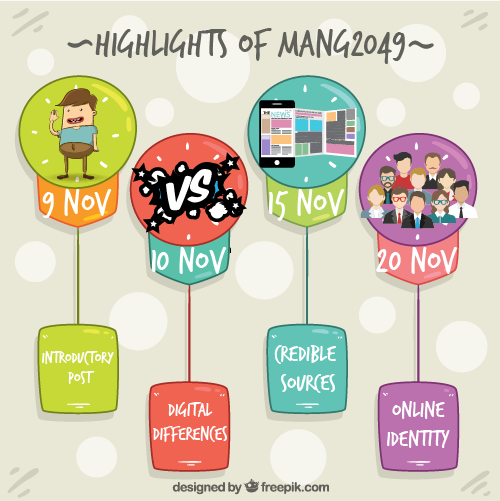
My self-test (Before & After)
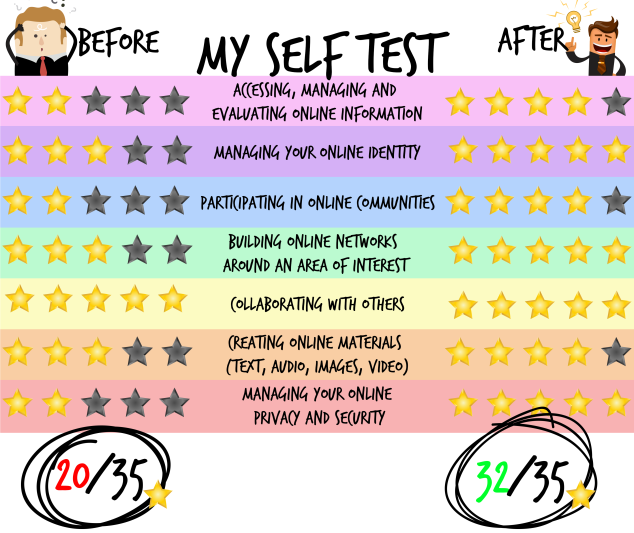
I am going to elaborate on each segment below, keep reading 😉
1. Evaluating online sources – on slide 2 was something I saw on my Facebook feed, I FREAKED OUT and almost shared it with my friends BUT I recalled what was covered in topic 2 and quickly did a quick research and it turns out to be a false news! (PHEW, seems like FAKE news trend isn’t going to die down anytime soon, careful!)
2. Managing online identities – I did some drastic changes to my Twitter account (see below). I found out how important it is to maintain your online identity, especially on LinkedIn (Daniels et al., 2013) thus I went to check on my LinkedIn! To my surprise, there was 2 account, one of which is outdated therefore I went to delete it and refined the current one!
3. Participating in online communities – as someone who hates arguments or discussion, I tend to sit back and enjoy the ‘commotion, ‘ but I am thankful that part of the module ‘forces’ us to actively comment and participate in a discussion. It ignites the speaker in me to participate on MOOC, comment on my peer’s blog entry and even voice out my disagreement!
4. Building online networks – started my account to follow random personalities that aren’t school/work related and realizing it is keeping me out of the loop. Thus, I started following people who are talking about relevant topics like marketing, blogging or people who are using the #MANG2049 hashtag!
It doesn’t stop on Twitter, but I had also developed this habit on my LinkedIn profile!
5. Collaborating with others – coming from an institution that does team presentation every day, I was pretty much keeping up with the latest collaborating platform, but this module pretty much was an individual task. Starting from being able to watch YouTube live at our corners to crafting blog post before 12 am and ending with scrolling through blog post behind our computer screens. Thus, this hasn’t really explored the idea of collaborating which I am looking forward to in the near future!
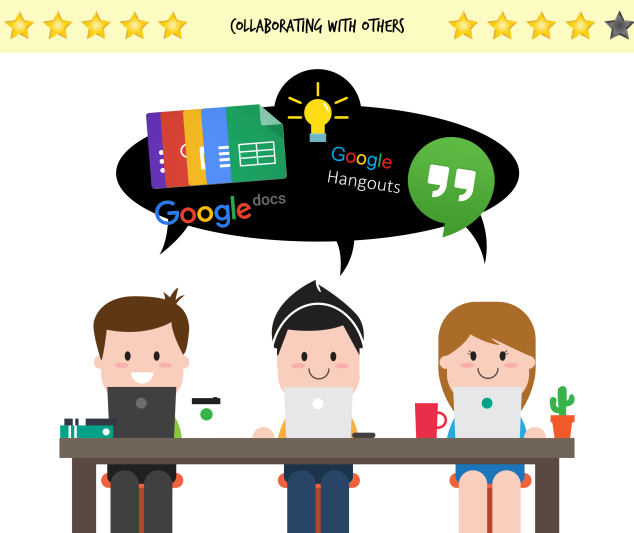
6. Creating infographics – pictures speak a thousand words, comparing my work from day 1 till now, there was a massive increase in the variety of infographic chosen. Starting out with still infographics, I started to explore different applications, the next moment, I am creating animations and videos!
7. Managing online privacy and security – before, I was using a standard password on different platforms and sharing my accounts without thinking but now, I have upgraded my password and thinking twice before being so generous! In addition to that, I switched all my social media account to ‘PRIVATE’ mode which allows me to control who sees my post/status.
Feeling
In a quick 30 seconds video, it shows all the things I had felt throughout the entire course (pardon the trial label!)
Future
It isn’t the end but a closing of a chapter. I am looking forward to filling up the 35 stars on the self-test score chart and of course, passing on the knowledge to my loved ones!
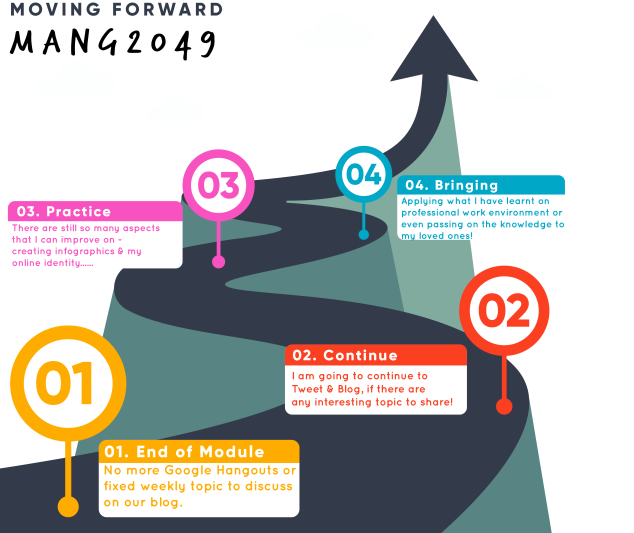
Conclusion
To be honest, it wasn’t an easy journey for me. Writing has never been my forte; I can barely craft my thoughts into 140 characters be it a blog post! But thanks to this module, I got to challenge myself and further verify that my writing isn’t up to standard (I am going to stick to a verbal presentation, HAHA!)
But I enjoyed the journey of crafting my post and infographics, getting to read what my mates think about the topic was surprisingly enjoyable because it just goes on to show how different we are and how we interpret the same issue differently.
that’s all folks, goodbye #MANG2049
Caiying x
(798 words)
References:
Daniels, T., McRae, R., Wood, D., McRae, R., Duxter, R., McRae, G., Poultney, L., Socall, E., McRae, G., McRae, R. and Saddler, M. (2013). Why Your Online Identity is Important. [online] Wedge15 Inc. Available at: http://www.wedge15.com/2013/01/why-your-online-identity-is-important/ [Accessed 29 Nov. 2017].



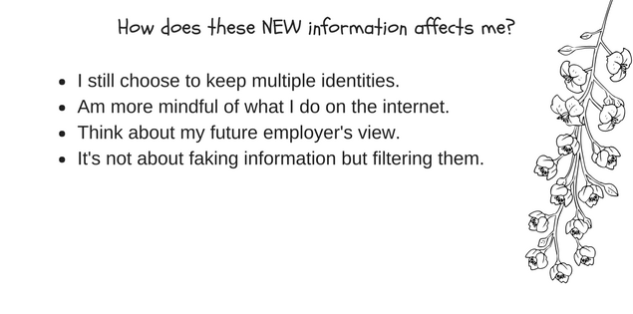

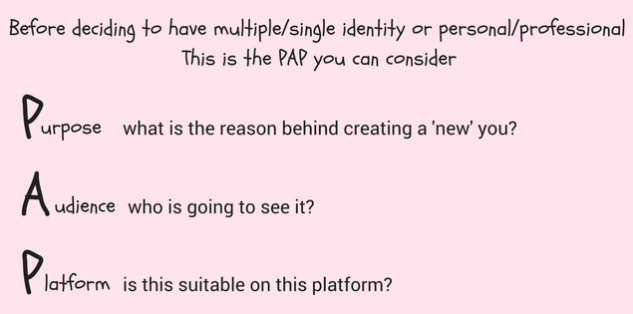 Self produced
Self produced
